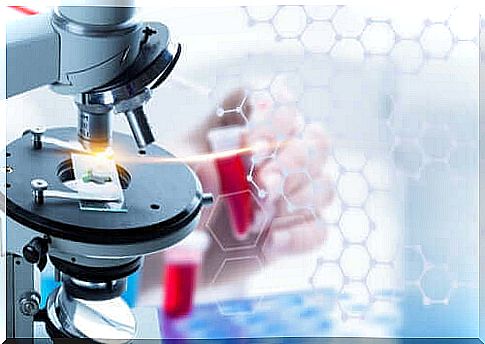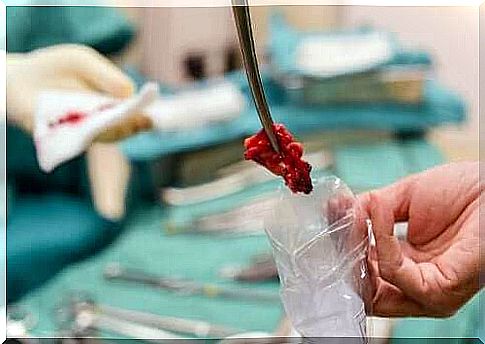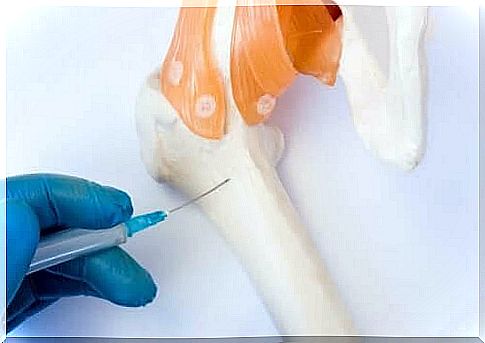What Is A Liquid Biopsy?

A liquid biopsy is a method of characterizing a tumor. People also know it as “blood-based biomarker test”. Until now, the only method that allowed medical professionals to determine the type of tumor that a patient had was a tissue sample.
However, tissue samples or traditional biopsies have a large amount of limitations. This led to the development of new and less invasive techniques, such as liquid biopsy.
This type of method searches for, quantifies and characterizes tumor cells, as well as their nuclear DNA or tumor DNA, which circulates in the patient’s blood with certain types of cancer. The most sought after goal is to count the tumor cells in the blood in order to predict survival.
The more tumor cells a patient has, the worse their prognosis. This type of method is used in breast, prostate, colon, rectal and lung cancers, among others.
A liquid biopsy can be performed with any biological fluid, such as blood, urine, or pleural fluid. These fluids can determine a biomarker that represents the tissue that produced the biomarker, just like in a tissue sample.
Restrictions on tissue samples

As we have mentioned above, tissue samples have a few limitations, despite being the best method to determine the characteristics of a tumor. First, it requires a tissue sample from the tumor. In other words , it is an invasive technique that requires minor surgery, which is uncomfortable for the patient.
As with all surgeries, it may not be an appropriate solution for certain patients in vulnerable situations or in advanced stages of the disease.
Another limitation is that the tissue selected for the biopsy may not be the most appropriate. It may also not be relevant to the overall assessment of the tumor. In addition to this, the results may be several days to come.
On the other hand, tissue samples only allow physicians to know the mutation status of the tumor at a particular time. In order to follow up on the patient’s status, they would therefore have to undergo several surgeries as the disease progresses.
Furthermore, if the sample was taken a long time ago or at another stage of the disease, it may not be the best choice to decide on the patient’s treatment.
A final limitation is that it may sometimes be impossible to perform a biopsy, depending on the location of the tumor. In these cases, a liquid biopsy can save it.
The benefits of a liquid biopsy
A liquid offers the benefits of being able to quickly detect mutations in specific tumors in a sensitive, practical and reliable way for both the patient and the oncologist. It also provides the opportunity to detect the mutations of DNA found in the blood in order to determine the best possible treatment options.
In addition, it is a much less invasive method than a traditional biopsy. In order to perform a fluid biopsy, a medical professional simply needs to take a blood sample and apply advanced and ultrasensitive analytical techniques, such as BEAMing technology.
Since it requires only a blood sample, a liquid biopsy can be performed without affecting the patient’s well-being. In addition, it is more accessible to a larger number of patients than a tissue sample. This fact leads to the possibility of obtaining data on the disease in real time.
Finally, we should mention that a liquid biopsy is representative of the entire tumor, not just part of a tumor. It also allows you to keep an eye on the disease over time. This was a limitation of the traditional biopsy.
When should a liquid biopsy be performed?

A liquid biopsy is perfect when a medical professional cannot get enough tissue from a tissue sample. Another indicator is when the tumor is located in a place that is difficult to access. Some of these difficult places are:
- The brain
- Bones
- The lungs
In addition , it is recommended when the patient does not respond to treatment and when a patient refuses to undergo another traditional biopsy.
Conclusion
A liquid biopsy is a very useful method that can replace the invasive technique used in a tissue sample. It has many advantages over traditional biopsy. However, experts are still studying it to discover additional uses.









